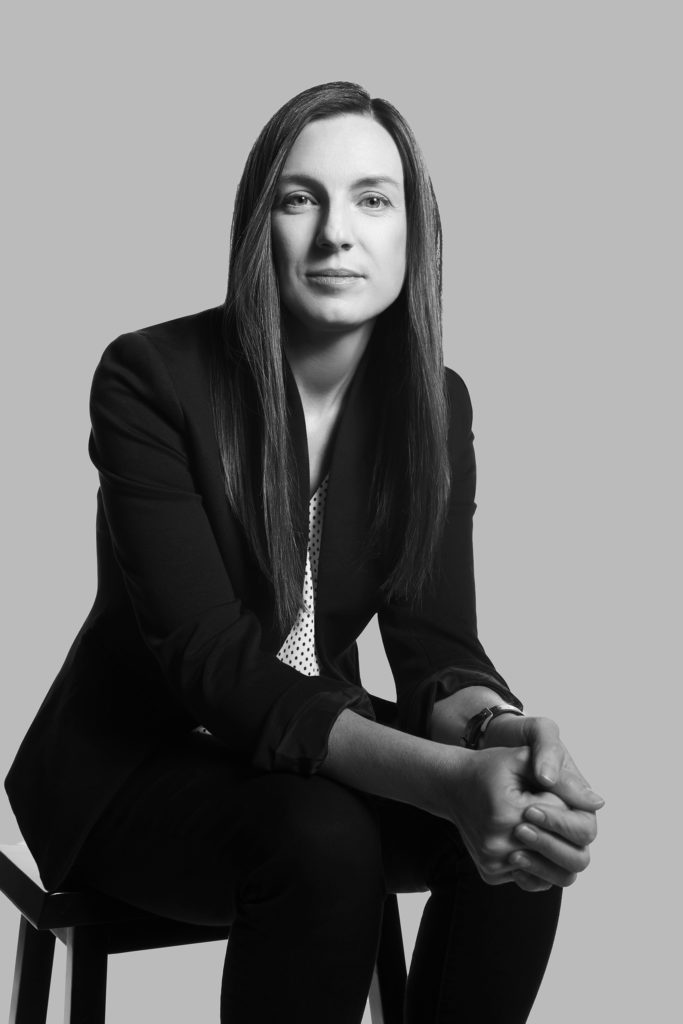
Kate Pickert, an assistant professor of journalism and English in the LMU Bellarmine College of Liberal Arts, is a former staff writer who covered health care policy for Time magazine. Pickert is the author of “Radical: The Science, Culture, and History of Breast Cancer in the United States,” a book that combines a cultural and scientific examination of cancer with the story of her own diagnosis and treatment of the disease. Editor Joseph Wakelee-Lynch spoke with her about the status of screening and other issues related to diagnosis and treatment of breast cancer.
Public awareness of the need for breast cancer research funding seems very high, but some critics say that effort is overly commercialized or overplays survival rates. Do you agree?
That’s a very valid criticism. Women have been taught that early detection is the best cure, which is very simplistic and often not true. Women don’t know that mammograms aren’t foolproof, or that there are different kinds of breast cancer, one of the most important things to know. I think breast cancer understanding is frozen in the 1990s.
What is the current advice regarding breast cancer screening?
The U.S. Preventive Services Taskforce, a government-funded body, makes nonbinding recommendations that insurance companies usually follow. The taskforce recommends that women ages 40–50 discuss with their doctor whether to get an annual mammogram, with mammogram screening every two years starting at age 50.
How does screening relate to the issue of overdiagnoses vs. underdiagnoses of breast cancer?
Overdiagnoses have been one of the main criticisms: We’re giving too many mammograms, and therefore women are being overtreated or having biopsies that they don’t need. There are some people who would not be treated if they hadn’t had a mammogram. But the utility of mammography has been wildly oversold. I argue that the bigger problem is underdiagnoses. For women between 40 and 50, a mammogram is not enough. Mammography misses some cases that need to be found. We’re primed to think of this as a rite of passage: You turn 40, you get a mammogram, and you won’t die of breast cancer. And that’s not necessarily true. We’ve had a national obsession with mammography that has distracted us from thinking about how to do screening better.
What’s the alternative?
The field is moving toward risk-based screening. In treatment, we break people down based on the kind of cancer they have and their individual characteristics. Some women who are at greater risk for breast cancer maybe should be screened more often and with different technology, while some women who are at very low risk may not be benefitting at all from screenings.
Why is it difficult for practitioners to shift with paradigm shifts?
A glaring problem in the United States is that we are always willing to do more very quickly. But when it comes to subtracting treatments, that takes longer. I think that doctors, not just women, are scared of breast cancer. Doctors may think, “I’ve been doing radical mastectomies for 20 years, and I know that they work, so why would I do less?” Of course, if you’re the woman on the operating table, you might really want to do less if it’s just as effective.
Isn’t that resistance based on weighing what they know works vs. what they’re uncertain will work?
But we see doctors being resistant to change even when there is clinical data and very large randomized trials. For example, a massive nationwide clinical trial with data published in the early 1980s basically disproved that radical mastectomies should ever be done. Yet, doctors continued to do them for a decade more at certain places.
Has writing a book about your cancer diagnosis and treatment affected how you’ll teach your LMU journalism students?
One journalism lesson I learned is that transparency of reporting methods is important. Reporters should tell readers more about how we do our work, what people seem like when we walk in a room, what people say when we ask if we can talk to them. Jay Rosen, a media critic, says it’s disappointing to a reader to get the “view from nowhere,” as if an anonymous robot is writing the story. The public, by and large, has no idea of how we go about our work, and that feeds into distrust. Writing my book has taught me that the view from nowhere may be counterproductive.
